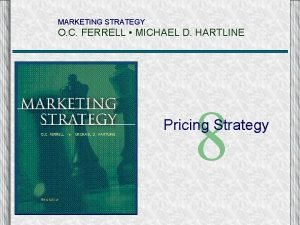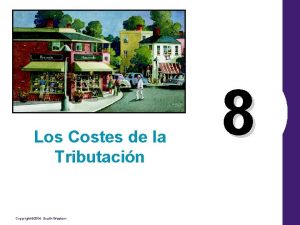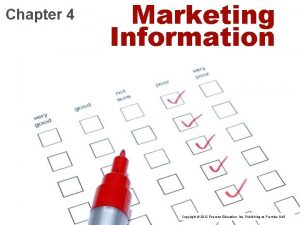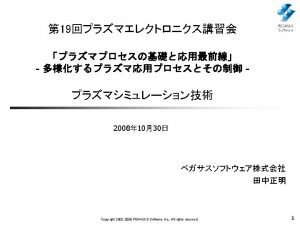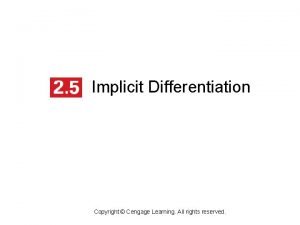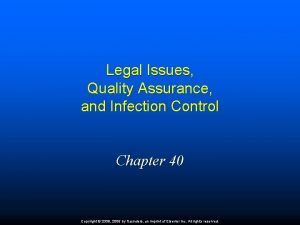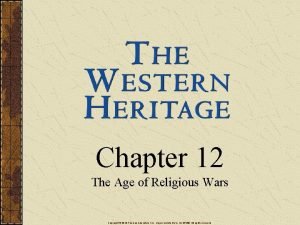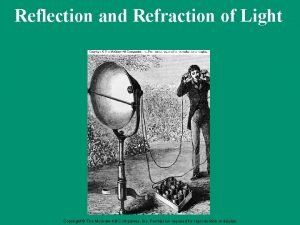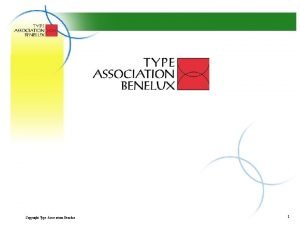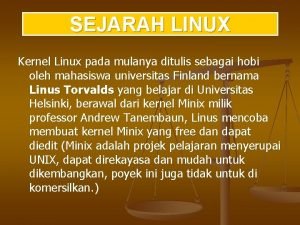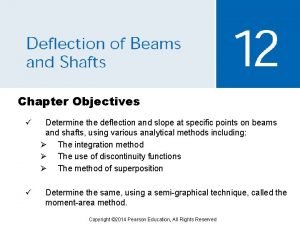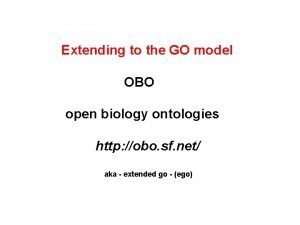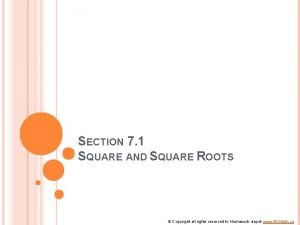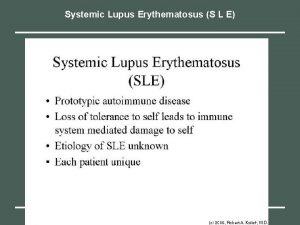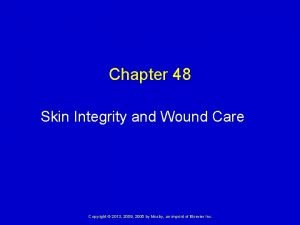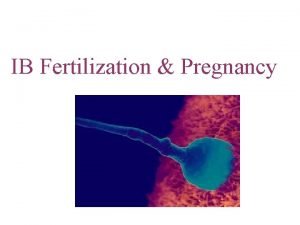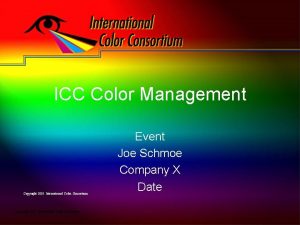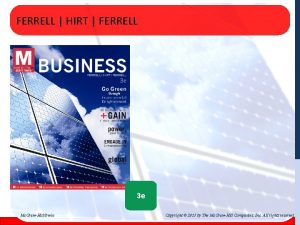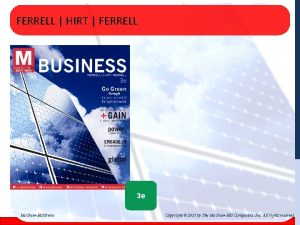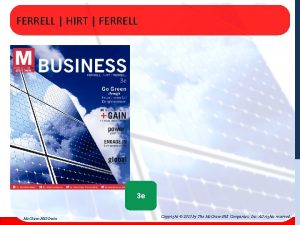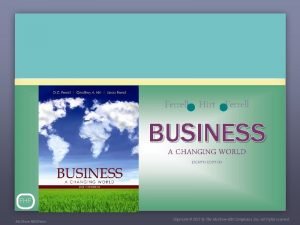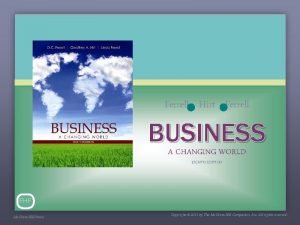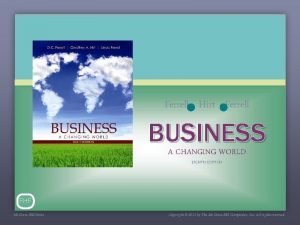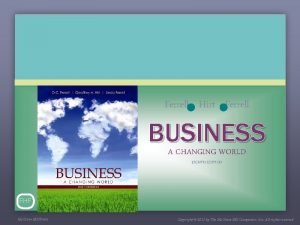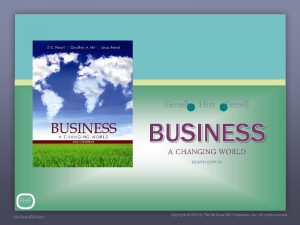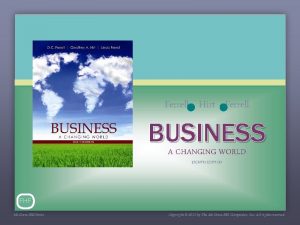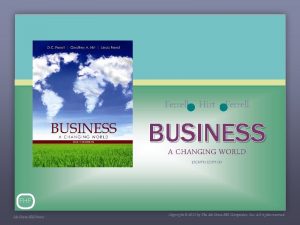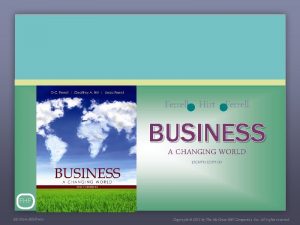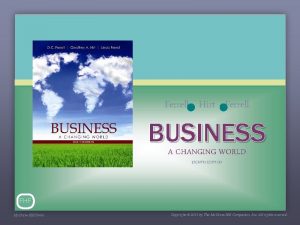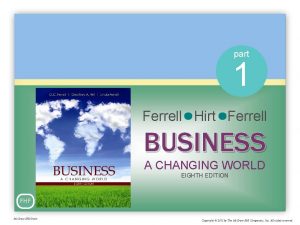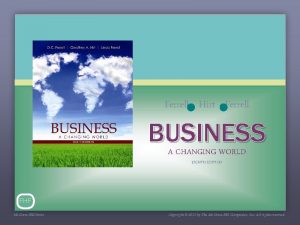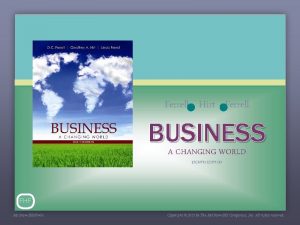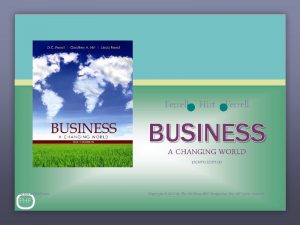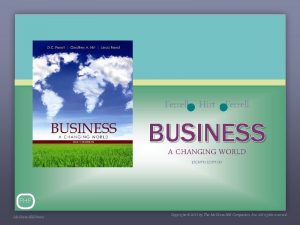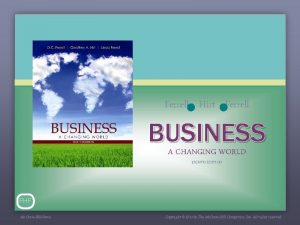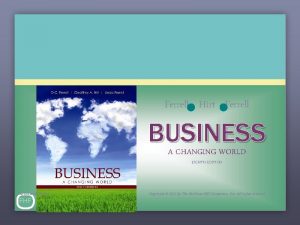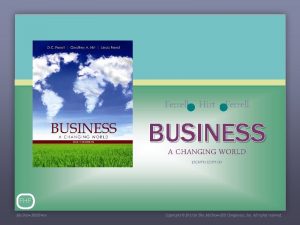FERRELL HIRT FERRELL 3 e Mc GrawHillIrwin Copyright






























- Slides: 30

FERRELL | HIRT | FERRELL 3 e Mc. Graw-Hill/Irwin Copyright © 2013 by The Mc. Graw-Hill Companies, Inc. All rights reserved.

PART 4 • CHAPTER 9 Motivating the Workforce • CHAPTER 10 Managing Human Resources 9 -2

HUMAN RELATIONS Ø The study of the behavior of individuals and groups in organizational settings Motivation § An inner drive that directs a person’s behavior towards a goal or satisfaction of a need 9 -3

MOTIVATING THE WORKFORCE § § What motivates employees to perform? How can managers boost morale? How do you maximize worker performance? How can you encourage creativity and innovation? 9 -4

THE BASIC MODEL OF MOTIVATION When a need exists, an individual engages in goaldirected behavior designed to satisfy that need 9 -5

MORALE An employee’s attitude toward his or her job, employer and colleagues Morale is a prominent aspect of human relations 9 -6

MORALE High Morale § Higher productivity, returns to shareholders, worker productivity and loyalty § Lower absenteeism and employee turnover Low Morale § Contributes to absenteeism, high employee turnover and lack of commitment 9 -7

MORALE Morale Boosters ü Respect ü Involvement ü Appreciation ü Compensation ü Promotion ü Pleasant work environment ü Positive organizational culture 9 -8

REWARDS Intrinsic Rewards § The personal satisfaction and enjoyment you feel from attaining a goal § Feeling of accomplishment Extrinsic Rewards § Benefits and/or recognition you receive from someone else § Awards, benefits, pay increases Ø Intrinsic and extrinsic rewards both are important in motivating employees to contribute to business goals 9 -9

EMPLOYEE MOTIVATION • It can be difficult to motivate employees • Motivation is difficult to define and varies from person to person • Motivation conventions exist that are dedicated to suggesting ways to motivate workers 9 -10

WORK/LIFE BALANCE Most employees are motivated by more than pay. . . 9 -11

CLASSIC THEORY OF MOTIVATION Early 20 th century Frederick W. Taylor & Lillian Gilbreth § Scientific focus on work tasks & productivity Money § Thought to be the sole motivator for workers Ø Satisfactory pay & job security motivate employees to work hard 9 -12

HAWTHORNE STUDIES 1924 -1932 at the Hawthorne Works Plant § Elton Mayo • Postulated that physical conditions in workplace stimulate productivity § Findings show social and psychological factors influence productivity/morale Ø Marks beginning of concern for human relations in the workplace 9 -13

THEORIES OF EMPLOYEE MOTIVATION § § § § Maslow’s Hierarchy of Needs Herzberg’s Two-Factor Theory Mc. Gregor’s Theory X and Theory Y Theory Z Variations on Theory Z Equity Theory Expectancy Theory 9 -14

MASLOW’S HIERARCHY OF NEEDS 9 -15

MASLOW’S HIERARCHY OF NEEDS § Physiological Needs § Basic needs for food, water, shelter § Security Needs § Protection from physical and economic harm § Social Needs § Need for love, companionship § Esteem Needs § Self-respect and respect from others § Self-actualization § Maximizing one’s full potential 9 -16

HERZBERG’S TWO-FACTOR THEORY Hygiene Factors § Focus on the work setting, not the content of the work • Wages, working conditions, company policies, job security Motivational Factors § Focus on content of the work itself • Achievement, recognition, involvement, responsibility, advancement 9 -17

MCGREGOR’S THEORY X AND THEORY Y Theory X Ø Considered the traditional management view § Assumes that workers üGenerally dislike work üMust be forced to do their jobs üAverage worker avoids responsibility and prefers direction 9 -18

MCGREGOR’S THEORY X AND THEORY Y Theory Y Ø Considered the humanistic management view § Assumes üExpending physical effort is natural (people like to work) üPeople will assume responsibility and self-control to achieve objectives (workers want to satisfy social, esteem and self-actualization needs) üPeople will commit to objectives once they realize there will be a personal reward üMost organizations do not adequately utilize imagination, ingenuity, creativity and intelligence of workers 9 -19

THEORY Z A management philosophy that stresses employee participation in all aspects of company decision making Ø Incorporates many Japanese ideas about management (trust and intimacy) adapted for use in the U. S. 9 -20

VARIATIONS ON THEORY Z § § Quality Circles (or Quality-Assurance Teams) Participative Management Employee Involvement Self-Directed Work Teams (SDWT) Ø All strive to give employees more control over their jobs Ø Make them responsible for outcomes 9 -21

EQUITY THEORY § The assumption that how much people are willing to contribute to an organization depends on their assessment of the fairness (equity) of the rewards they will receive in exchange § Equal pay for equal work § Employees who do not feel equitably treated may slack off on the job or steal to level the field 9 -22

EXPECTANCY THEORY § Assumes that motivation depends not only on how much a person wants something, but also on how likely he or she is to get it § Someone who wants something and has a reasonable expectation to achieve it will be highly motivated 9 -23

MOTIVATING EMPLOYEES Behavior Modification Ø Changing behavior and encouraging appropriate actions by relating the consequences of behavior to the behavior itself § Reward § Punishment 9 -24

STRATEGIES FOR MOTIVATING EMPLOYEES Job Enlargement Ø Addition of more tasks to a job instead of treating each task as separate § Seeks to counteract the boredom of division of labor § Many small firms use job enlargement § Requires training employees in new tasks 9 -25

STRATEGIES FOR MOTIVATING EMPLOYEES Job Rotation Ø Movement of employees from one job to another to relieve the boredom often associated with job specialization § The drawback is that it does not totally eliminate risk of boredom 9 -26

STRATEGIES FOR MOTIVATING EMPLOYEES Job Enrichment Ø Incorporating motivational factors (achievement, recognition, responsibility) into the job § Idea developed by Herzberg in the 1950 s § Gives employees feedback on their performance § Rewards for good performance 9 -27

VALUES AND MOTIVATION Many employees are motivated by working for a company that shares their values § Patagonia üLoyal, dedicated employees üLess than 4% employee turnover üCore values embrace reducing waste, recycling, environmentalism üPsychological success üGood health üGood work/life balance üEnjoying your job tasks üMoney is not main motivator 9 -28

STRATEGIES FOR MOTIVATING EMPLOYEES Flexible scheduling strategies § Flextime • Allows employees to choose their start and end times § Compressed Workweek • 40 hours in a 4 -day workweek § Job Sharing • Occurs when two people share the same job 9 -29

IMPORTANCE OF MOTIVATIONAL STRATEGIES ü Fosters employee loyalty ü Boosts productivity ü Influences on pay, promotion, job design ü Nature of relationships ü Nature of the job itself ü Characteristics of the organization 9 -30
 Ferrell global strategy
Ferrell global strategy Marketing strategy ferrell
Marketing strategy ferrell Jennifer ferrell insurance agency
Jennifer ferrell insurance agency Copyright 2004
Copyright 2004 Copyright 2010 pearson education inc
Copyright 2010 pearson education inc Ukcs copyright
Ukcs copyright Line/strip search pattern
Line/strip search pattern Copyright 2004
Copyright 2004 Copyright
Copyright Copyright owner
Copyright owner Copyright 2002
Copyright 2002 Copyright
Copyright Copyright 2005 pearson prentice hall inc
Copyright 2005 pearson prentice hall inc Copyright
Copyright Dental phosphor plates
Dental phosphor plates This is amazing grace worship together
This is amazing grace worship together Copyright
Copyright Mc copyright
Mc copyright Ntuition
Ntuition Kernel
Kernel Copyright
Copyright Nuclear chemistry
Nuclear chemistry Copyright
Copyright Copyright school
Copyright school Copyright
Copyright Copyright 2010 pearson education inc
Copyright 2010 pearson education inc 540 square root
540 square root Copyright
Copyright Copyright
Copyright How much amniotic fluid is normal
How much amniotic fluid is normal International colour consortium
International colour consortium

